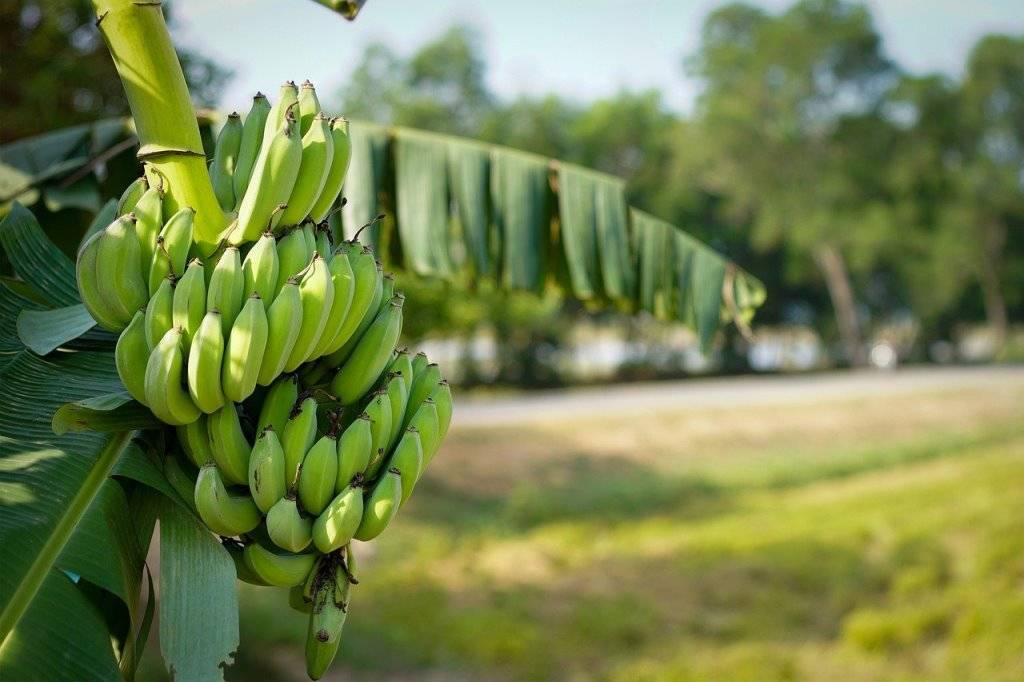
Banana is the most popular fresh fruit all over the world and its name comes from the Arabic word 'banana', which means finger. Bananas are a rich source of carbohydrates and potassium. These are the first choice of athletes owing to their high energy potential. It is also an important source of trade and income.
To safeguard sustainable banana production and generate wealth for smallholder farmers, high-quality planting material is crucial. Banana was first domesticated in the tropical regions of South East Asia. Banana is a nutritious gold mine.
Its high Vitamin B6 content helps fight infection and is essential for the synthesis of ‘heme’, the iron-containing pigment of hemoglobin. The fruit is also rich in potassium and a great source of fiber too.
In recent years, considering the adverse impact of indiscriminate use of chemicals, a new trend of organic banana production has been adopted worldwide. A novel name, i.e. "Green Foods" for this has been coined. Banana is one of the world’s most important food crops.
Banana and Plantains (Musa spp.) are some of the earliest crop plants having been domesticated by humans. Bananas are consumed as ripe fruit, whereas plantains, which remain starchy even when fully ripe, need cooking for palatability and consumption. Irrespective of their commercial status, banana and plantains are referred to as ‘Poor man’s apple’.
Description of Commercial Banana Varieties:
The varietal characteristics of commercially grown Banana are given below :
1) GRAND NAINE:
This is a very popular international variety. It is a tall plant with a long cylindrical bunch that produces a lot of fruit. It produces a bunch weighing 25 kg on average and up to 32-35 kg with 8-10 hands and 200-220 fruits/bunch. The fruit is 15-21 cm in length and 12-13 cm in diameter.
2) ROBUSTA:
It has a medium stature with black-brown streaks on the stem, and bunches weigh roughly 20 kg with 8-10 hands per bunch. The fruit has a length of 15-20 cm and a girth of about 12 cm, with thick fruit skin.
3) DWARF CAVENDISH:
The plant is little in stature. All along the stem, dark black-brown patches form. Bunches are huge, with 8-10 hands compactly grouped and weighing around 20kg. The length of the fruit is approximately 13-14 cm, while the girth is approximately 8-10 cm. The fruit's skin is thick, and it progressively tapers towards the tip. It is not exportable.
4) RED BANANA:
The plant is tall and strong. The fruit, pseudostem, petiole, and midrib are all reddish red. The bunch weighs about 20-25 kg, has 6-7 hands, and has 80 fruits each bunch. The fruit measures approximately 16-18 cm in length.
5) NENDRAN:
The stature of plants varies significantly. Bunch has 5-6 hands and weighs between 6 and 12 kilograms. Fruits have a pronounced neck and thick green skin that turns buff-yellow when mature. Even after ripening, fruits retain their starchy texture.
















